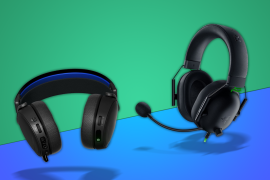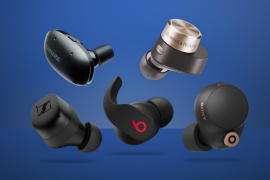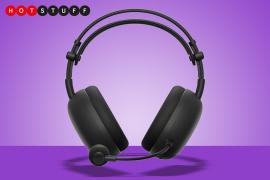The Sony InZone H9 II isn’t a gaming-grade XM6, but it still impressed me
Sony puts its top-tier dynamic drivers to work in a gaming headset
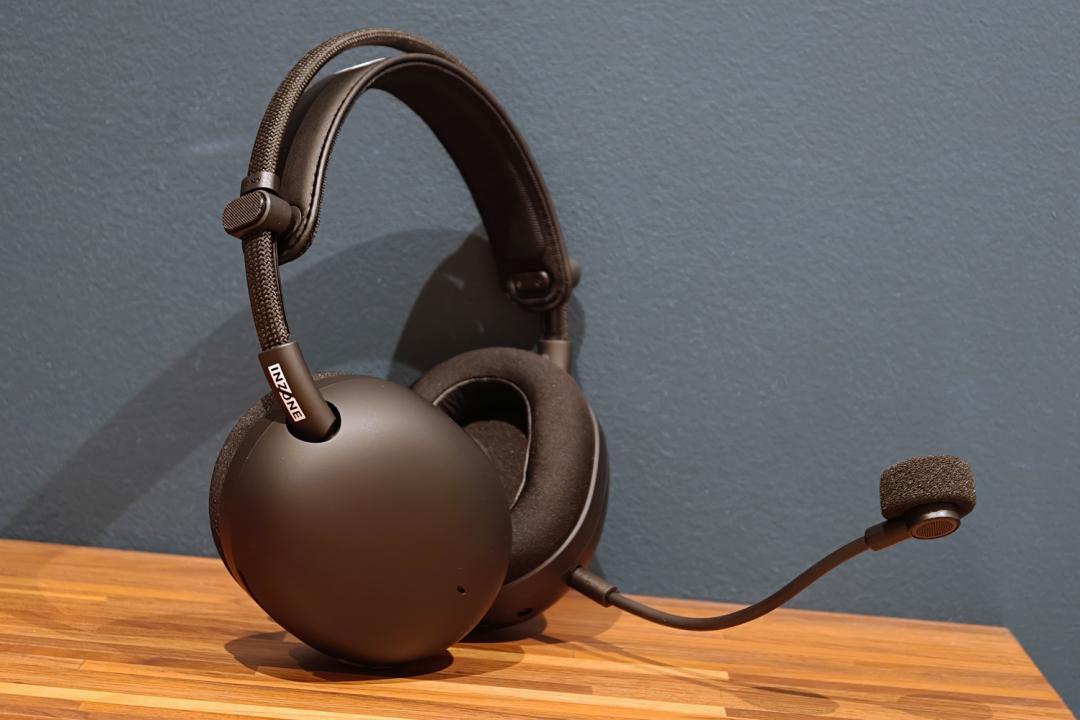
Stuff Verdict
Fantastic noise cancelling, convincing in-game audio and one of the best boom mics on any gaming headset, but the InZone H9 II isn’t as multi-talented as its XM6-matching drivers suggest.
Pros
- Super lightweight and very comfortable to wear
- Up to Sony’s usual ANC standard
- Multi-platform support and simultaneous Bluetooth connectivity
Cons
- Limited software EQ and no transparency mode
- Battery life is only OK
- No major extra features over much more affordable rivals
Introduction
Sony is the second brand in as many months to try to blend a gaming headset and hi-fi headphones, but the InZone H9 II goes about it in a slightly different way. While it uses the same drivers as one of the firm’s best-loved noise cancelling over-ears, they’ve been tuned to the exacting standards of pro FPS players rather than musicians.
That makes this a very different proposition to the WH1000-XM6, and Steelseries’ “audiophile-grade” Arctis Nova Elite. The design team also went back to the drawing board instead of iterating the original H9 headset, going big on comfort and stepping up on microphone quality. Multiplatform support means console gamers aren’t left out either, even if the InZone range is aimed at lot more at PC gamers than PS5 owners.
At $350/£300, the H9 II is up there with the priciest gaming headsets around. Can some hardware inherited from a headphone great justify the high cost? After a few weeks of testing, I don’t think it’s quite that simple…
How we test headphones
Every pair of earphones and headphones reviewed on Stuff is used for a minimum of a week’s worth of daily listening. We use a playlist of test tracks made up of multiple genres to assess sound, and use our years of experience to compare to other models. Manufacturers have no visibility on reviews before they appear online, and we never accept payment to feature products.
Find out more about how we test and rate products.
Design & build: light as a feather
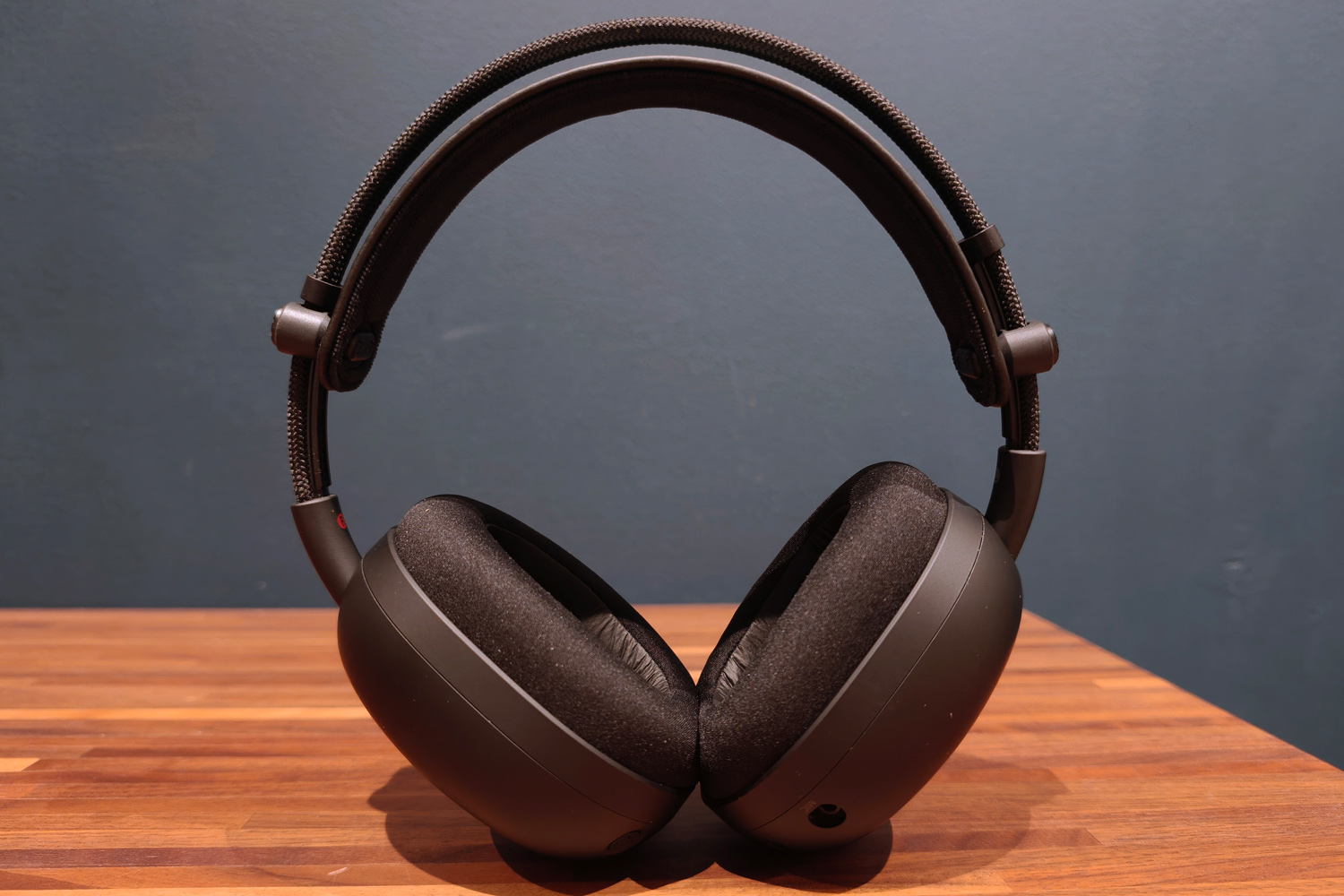
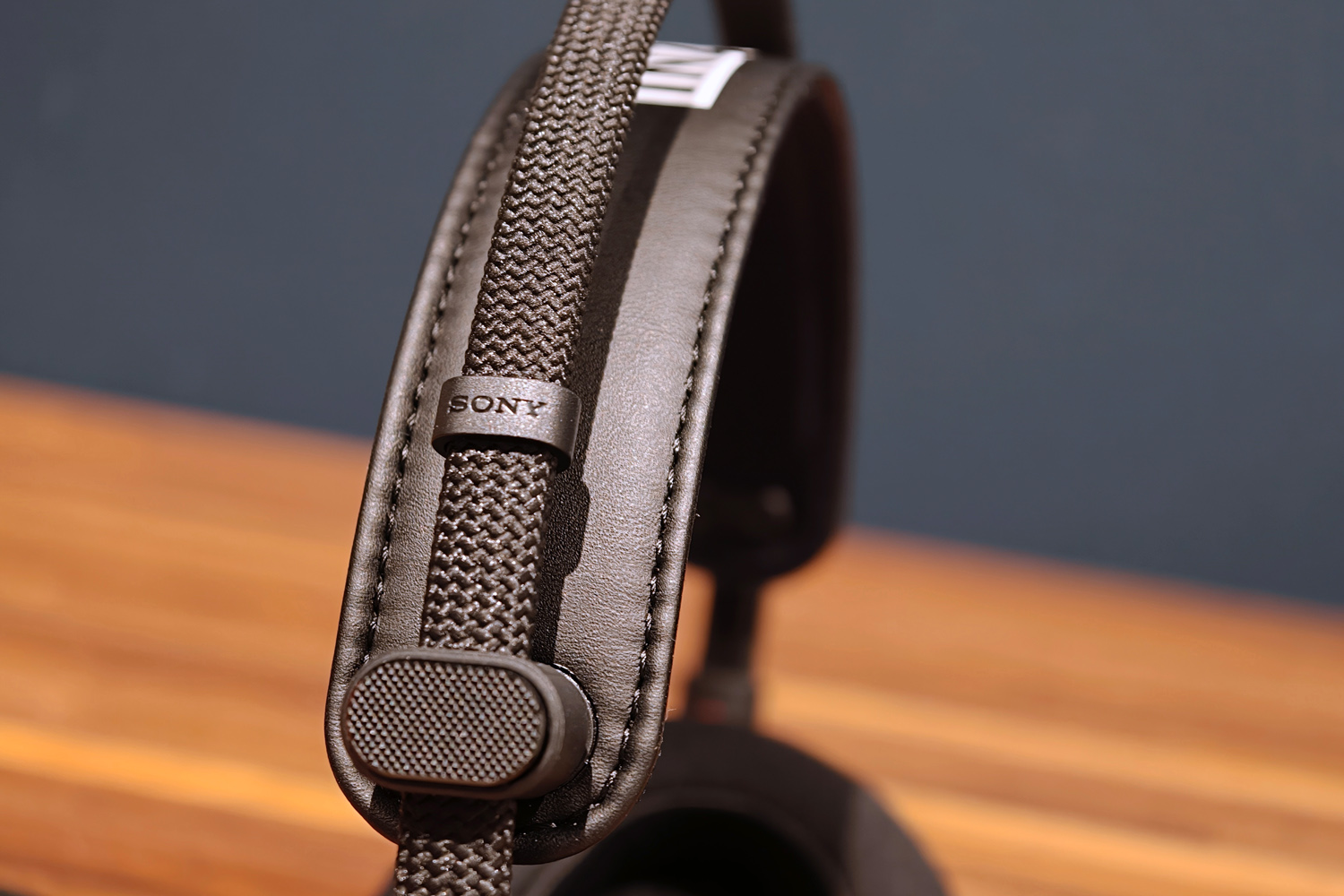
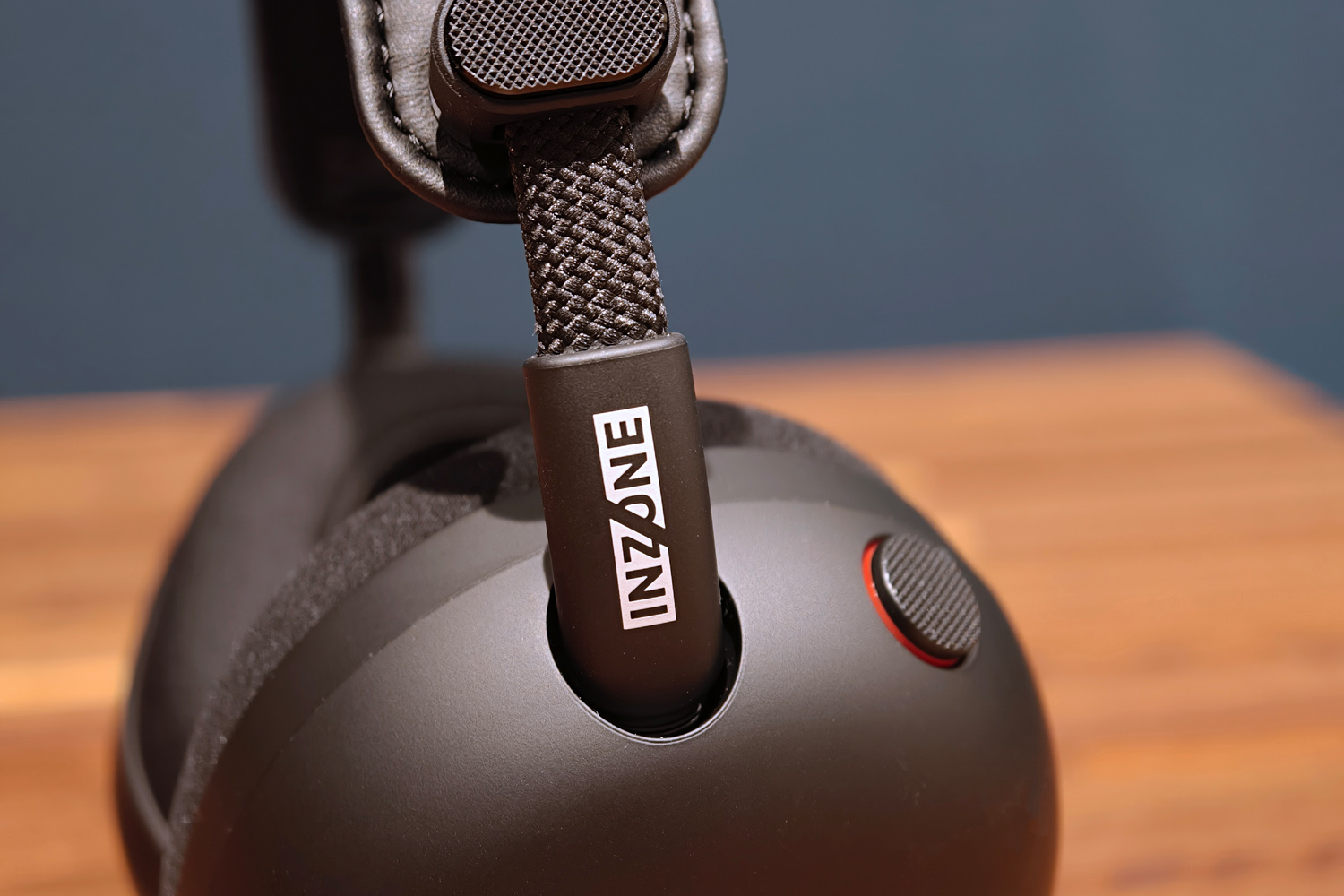
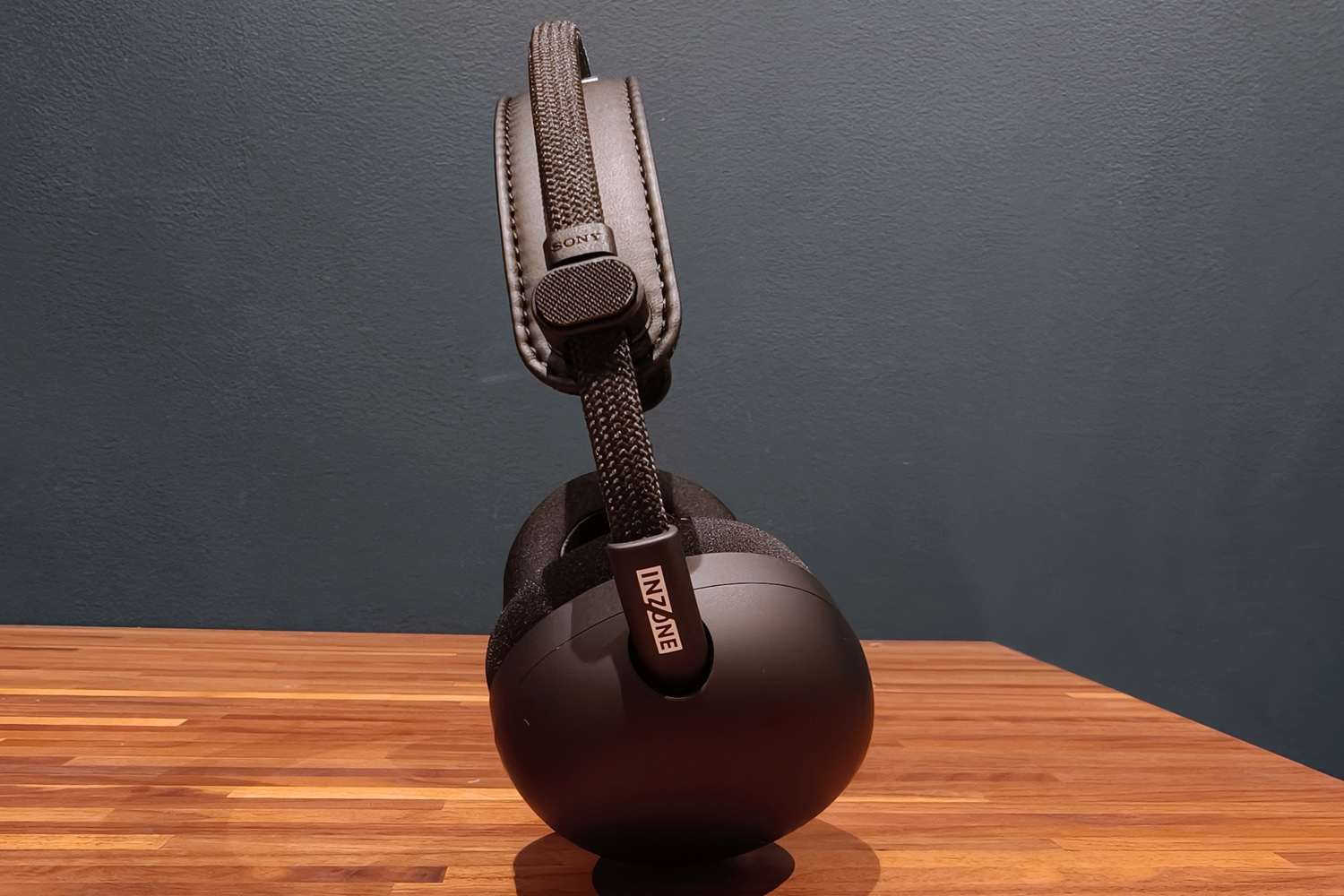
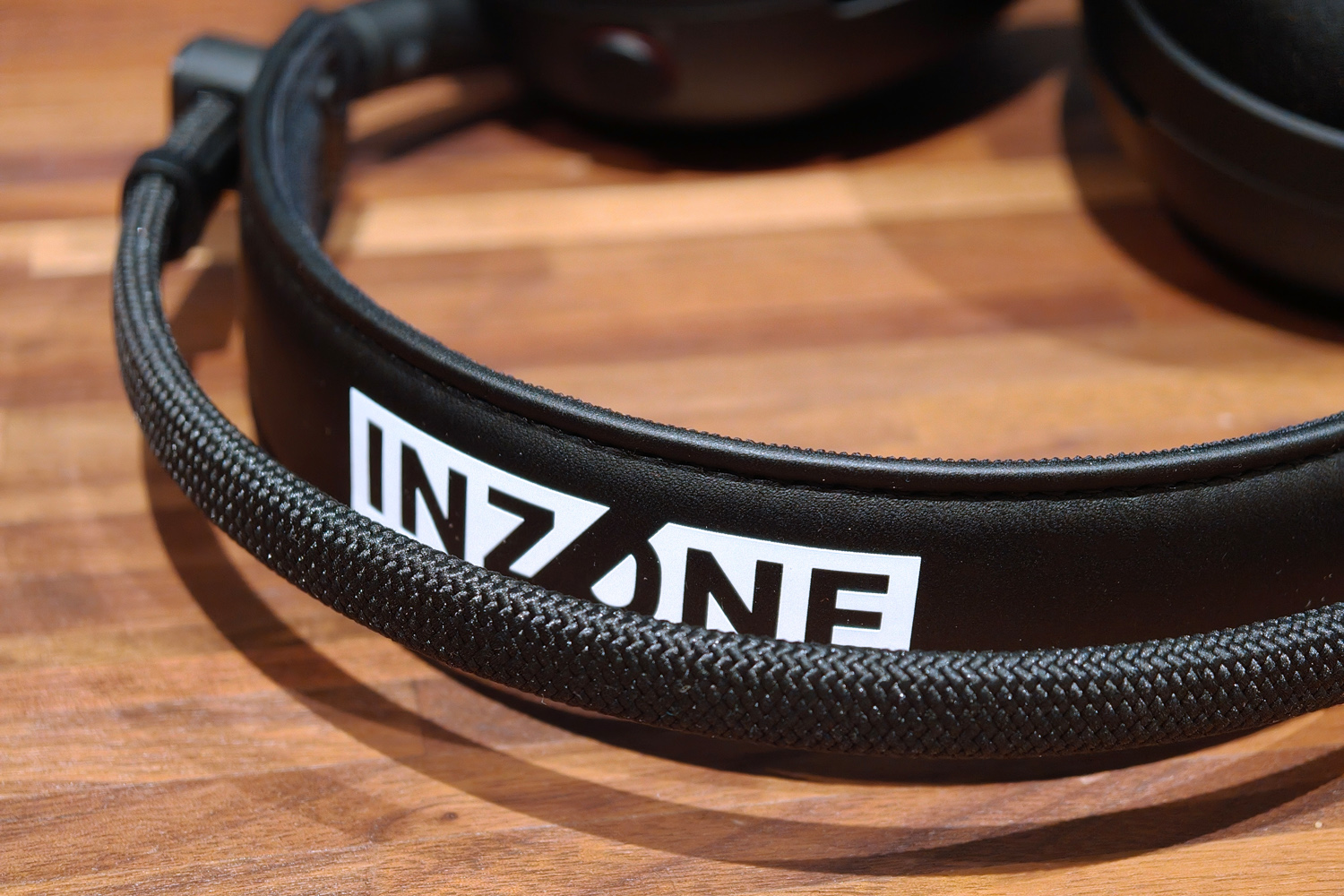
The InZone H9 II isn’t just an XM6 with a boom mic bolted on the side; Sony’s gaming division has managed to streamline what was already a slick set of cans, upping the comfort factor for long gaming sessions. The ear cushions have been swapped to mesh fabric for better breathability, and extra padding makes them that bit deeper, so your ears aren’t so squished in. The ear pads are replaceable too, so this headset should be with you for the long haul.
Sony took the headband back to the bare essentials in order to keep weight to a minimum. There’s just a single, skinny piece of metal holding the two ear cups in place, wrapped in a durable braided fabric. A second strip of elasticated fabric is what actually rests over your head; sliding clips on either side lock it in place. They tend to spring loose if you adjust it while wearing the headset, and don’t apply very much clamping force to your head.
Stick with it, though, as this is one seriously comfortable headset once the fit is dialled in. That’s mainly because it’s so ridiculously light: at 260g it massively undercuts the Steelseries Arctis Nova Elite I reviewed recently. Few rivals can match it for cosiness after a long play session.
InZone branding on the headband aside, this is a pretty stealthy headset, with plain ear cups and just a few more buttons around the edges than you’d find on a pair of music-minded headphones. The boom mic is fully detachable, and there’s none of the flashy RGB illumination typical of many gaming cans. That said, without any sort of built-in mic, it’s not as practical to use away from your gaming setup as some rivals.
It doesn’t fold up for travel like the XM6, but the ear cups do swivel a full 180 degrees to rest comfortably around your neck. I also like that Sony includes two carry pouches in the box – one for the headset and one for the cables, which won’t always be needed. The headset pouch uses splash-resistant fabric on the outside and soft velvet on the inside, so the H9 II will stay as snug as it possibly can short of buying a third-party hard shell case.
Features & battery: listen up
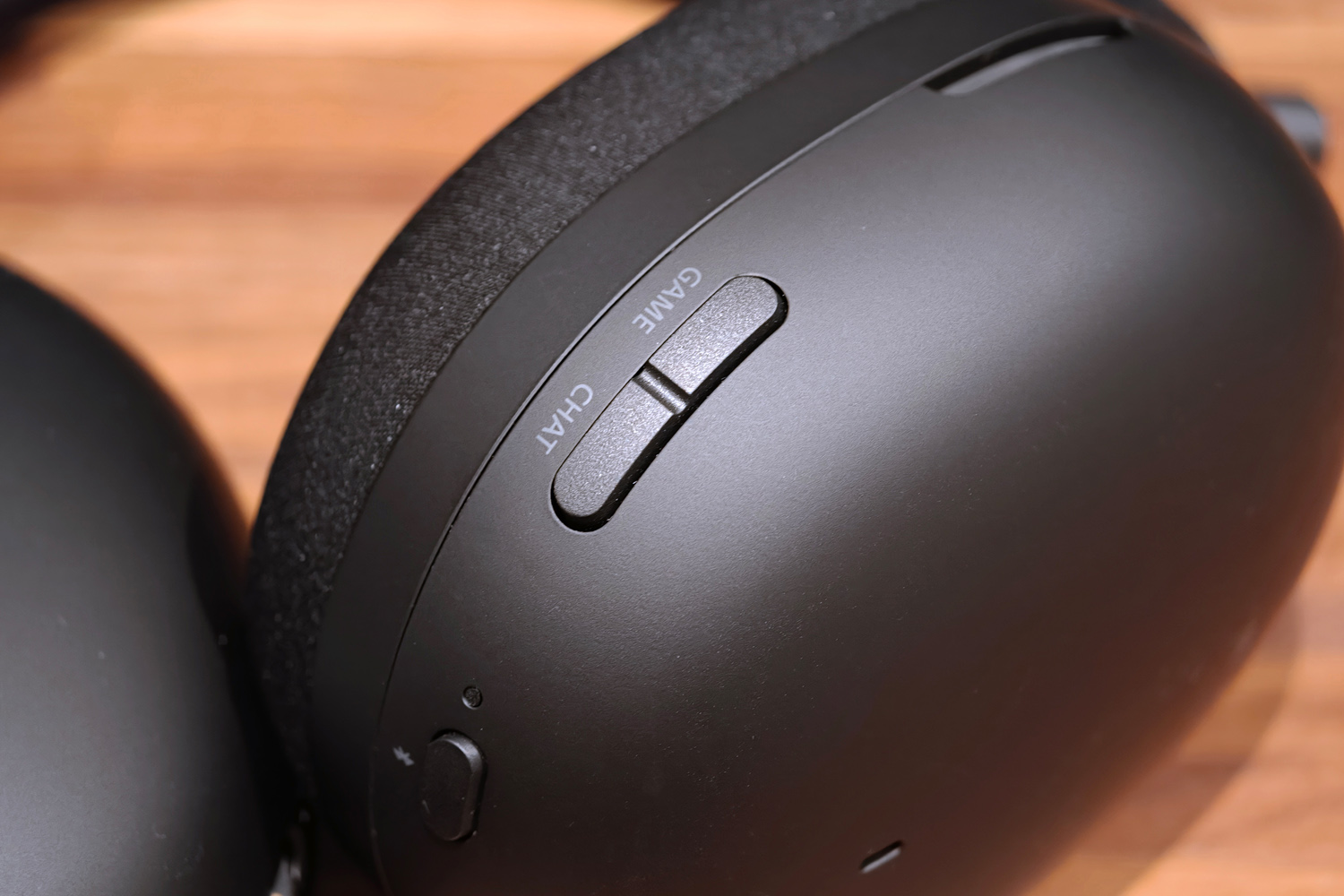
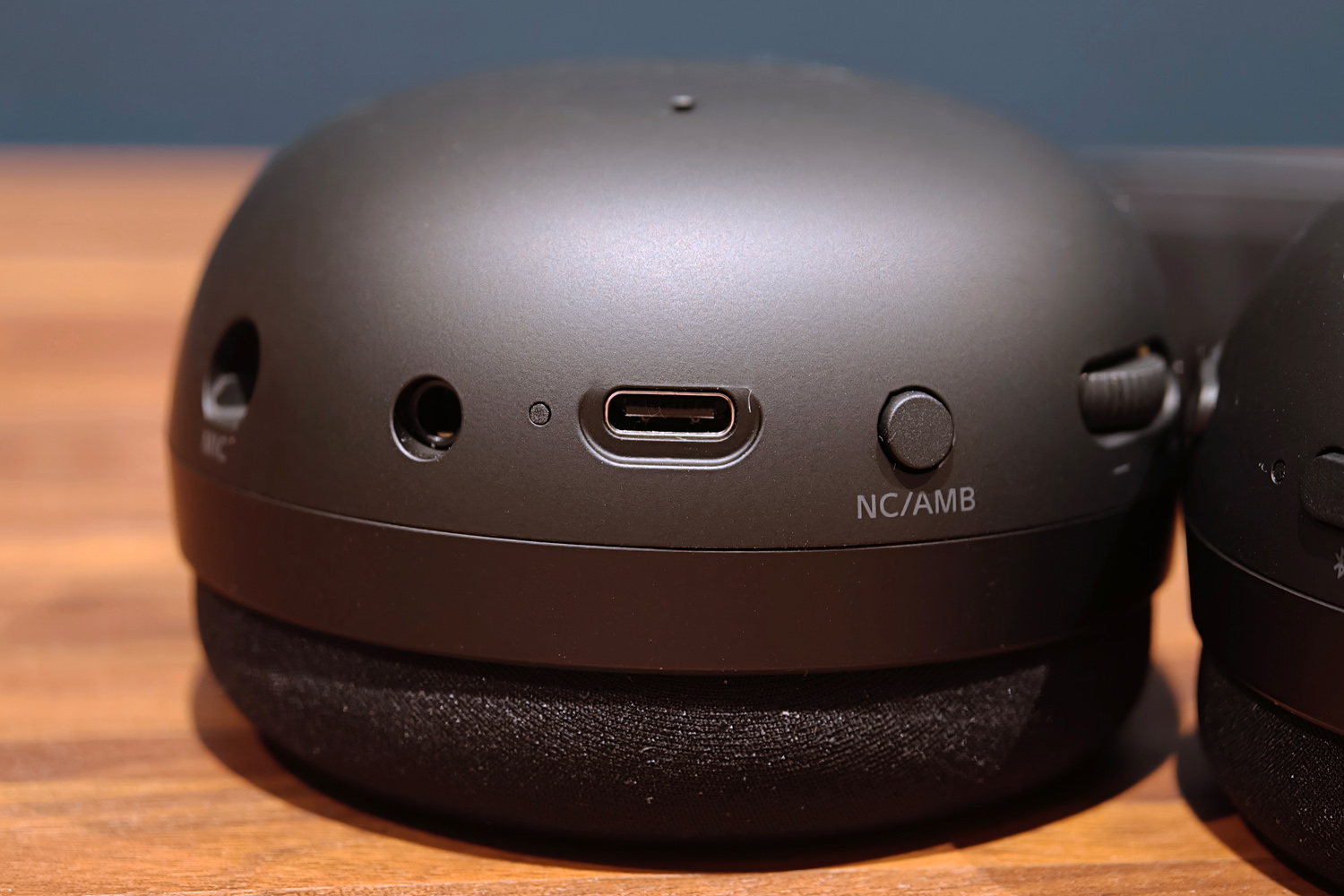
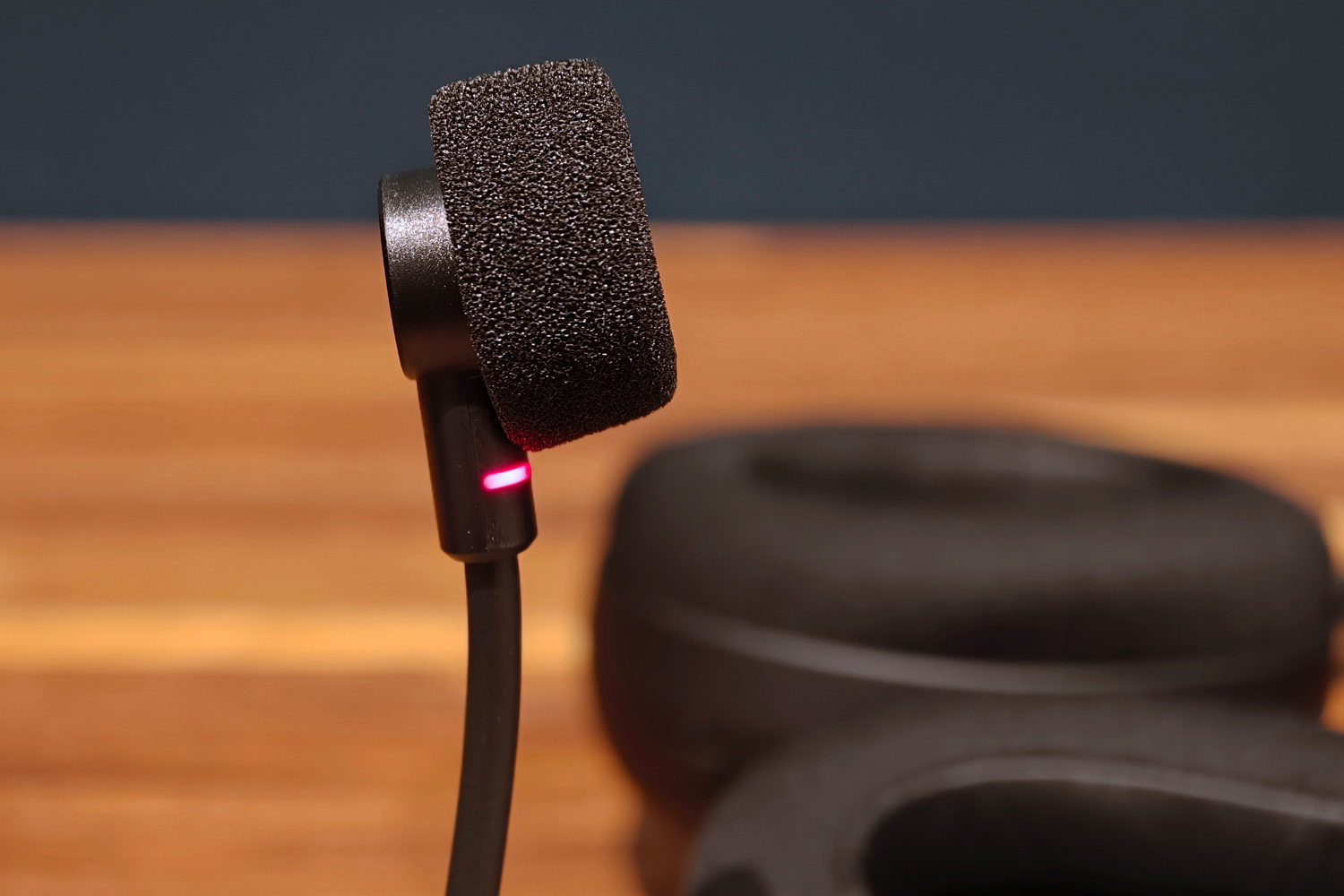
The InZone H9 II’s USB-C wireless dongle is small, but it’s also mighty: as well as lag-free 2.4GHz listening and voice comms for PC players, it’ll also play nicely with PlayStation consoles and the Nintendo Switch (when docked, anyway). Unsurprisingly Xbox hardware isn’t supported. It’s also a shame Sony reserves PlayStation Link connectivity to its Pulse headset line; adding it here would make swapping between PC and console so much more seamless.
Still, you get a 3.5mm wired connection, which was missing on the original H9, and there’s on-board Bluetooth with futureproof LC3 codec support. While there’s no multipoint connectivity, you can have 2.4GHz and Bluetooth sources active simultaneously. Also missing is any sort of USB audio, so it’s otherwise only wireless to your gaming rig.
Remembering which buttons control the chat and game volume takes a while, as they feel identical and sit right next to each other. Audible voice cues rather than generic beeps when you press each button would be helpful here. I found having the ANC toggle and volume dial on the opposite ear cup prevented too many mix-ups, while having the USB-C, 3.5mm and microphone ports here keep cable jumbles to one side of your body.
The microphone is an all-new design, with a broadcast-style shape, firm yet flexible arm that stays in whatever position you bend it to, and a foam pop filter that lets you place it right up against your mouth without impacting clarity. I really can’t fault the clarity; an ultra-wideband pickup preserves more of the frequency range than narrow band mics do, so speech generally sounds clearer and less muffled. The bright red LED on the tip makes it immediately obvious when you’ve pressed the oversized mute button on the left ear cup.
Sony claims the H9 II can go for 30 hours of use per charge, though in one test on a 2.4GHz connection and ANC switched off, I saw north of 40. That’s enough for a weekend of heavy gaming before you’ll need to plug in, and a five minute charge is good for another three hours of play, but it still falls short of what the longest-lasting gaming headsets can manage – 50-70 is the class average, and some are even deep into triple figures.
Interface: cue the music
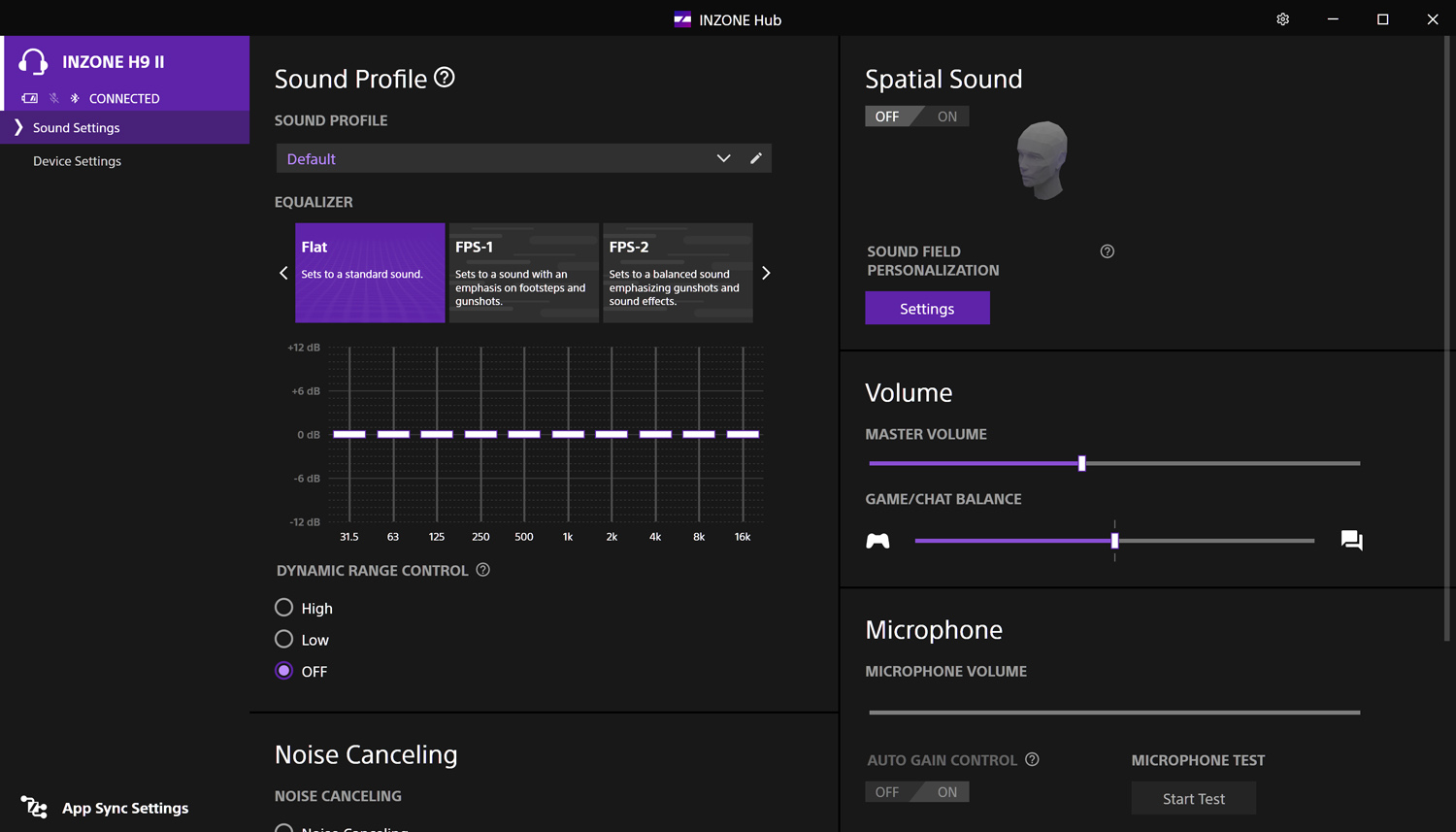
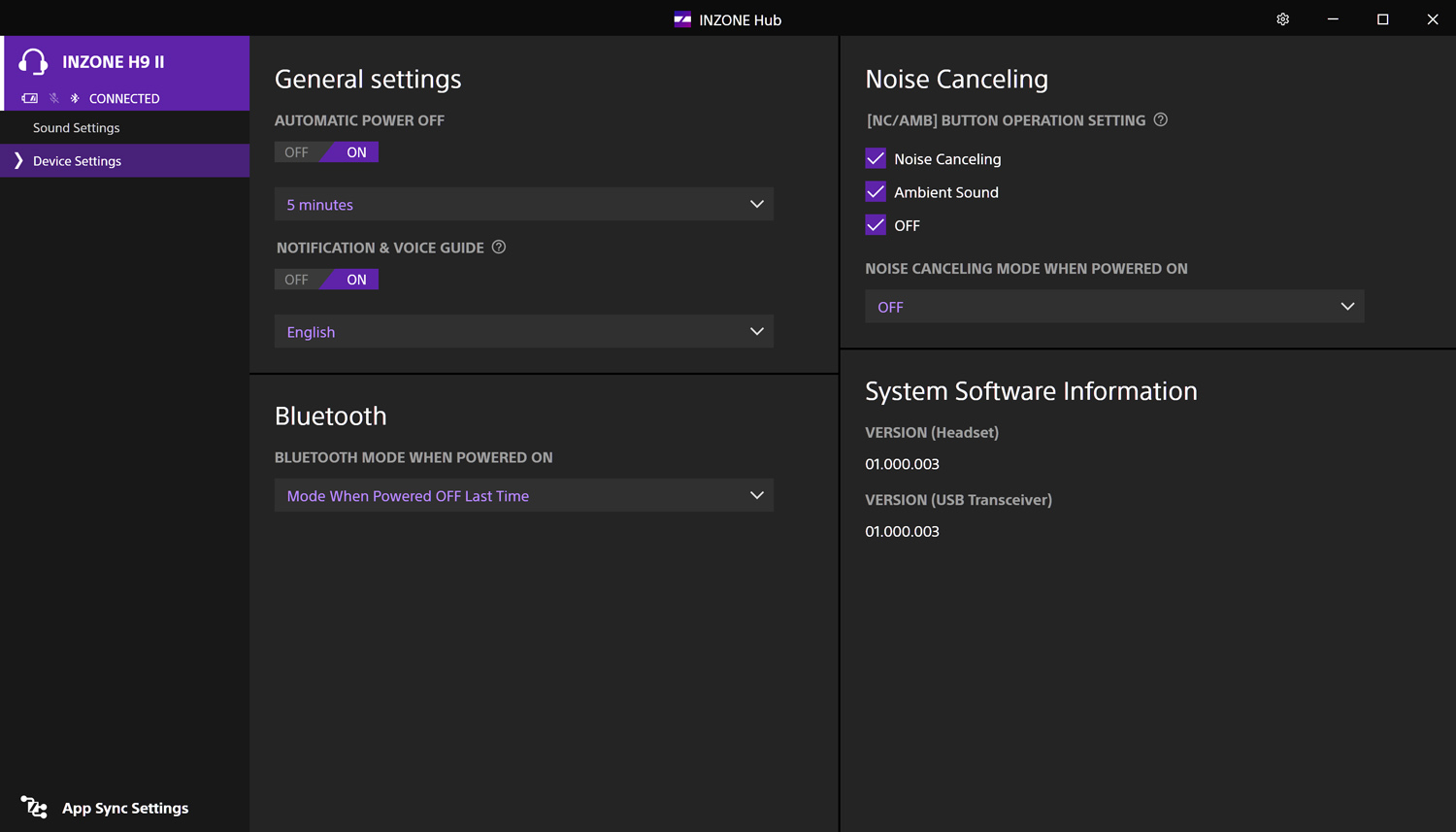

Sony’s Inzone Hub is possibly the most barebones bit of gaming companion software I’ve used in years, but I guess that shouldn’t be a huge shock given the firm has literally only just dipped a toe into peripherals other than headsets. Still, I was expecting the H9 II to have a few more options to play with.
Other than toggling noise cancelling on or off, adjusting the microphone input volume, and amount of side-tone, you have some limited control over what the on-device buttons do and how long before the headset goes into sleep mode. Otherwise it’s largely just a way to tweak the EQ profiles – of which there aren’t very many.
Of the three game-specific modes, all three are for types of first person shooter. There’s nothing here for RTS or racing games – equally big esports in their own right – or single player genres like RPGs. More generic bass boost and music profiles are also here, but neither will make these headphones sound like an XM6. More on that in the next section. At least you get a ten-band custom EQ, with the option so save as many profiles as you like, but it’s nowhere near as adjustable as Steelseries’ parametric EQ.
The most unusual feature is a spatial upmixing mode that has you installing an app on your phone and taking pictures of your ears; these are sent to the cloud and analysed to create a custom profile. I can’t say I noticed a dramatic shift when using photos of my partner’s ears rather than my own, though.
Sound quality and noise cancelling: game over
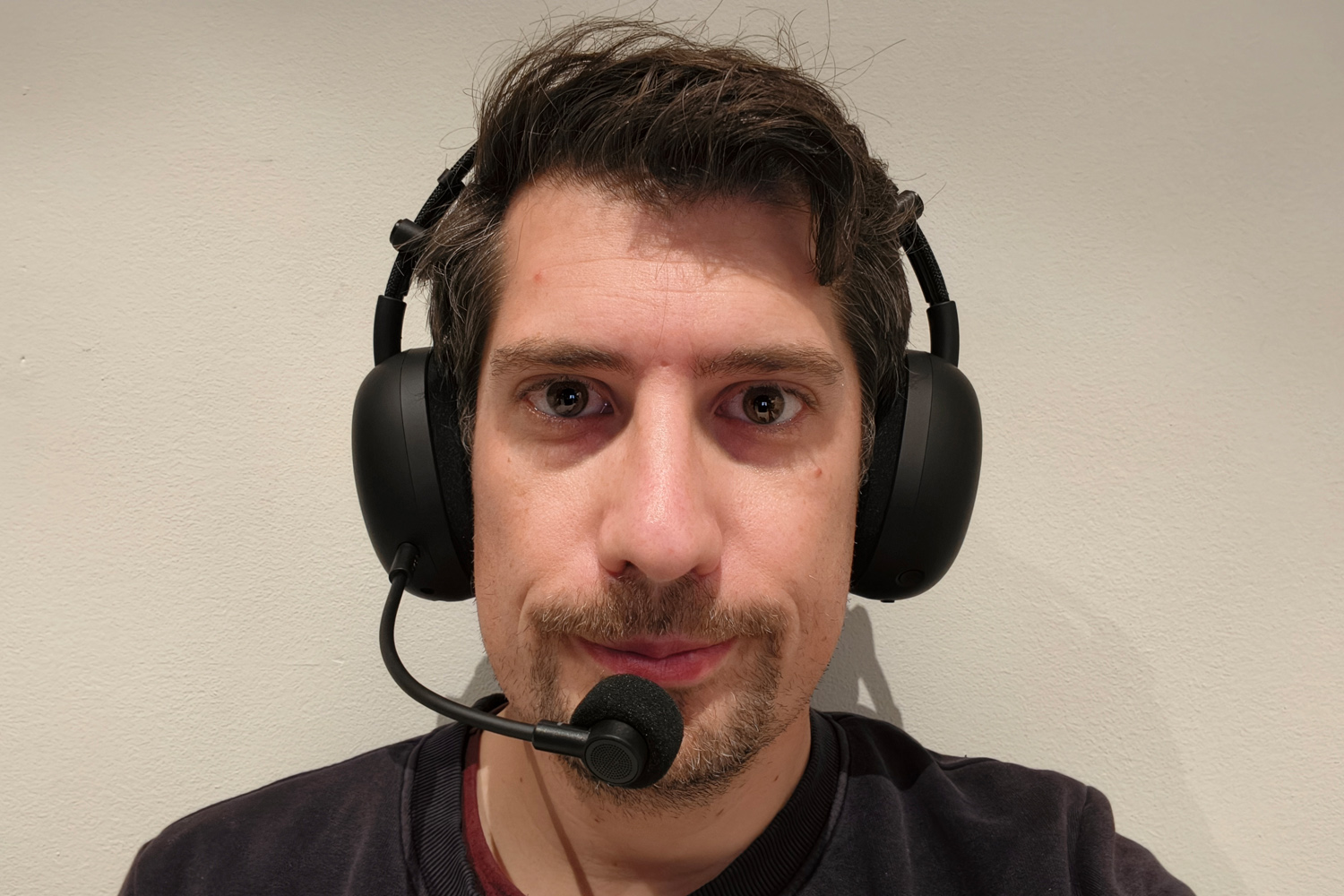
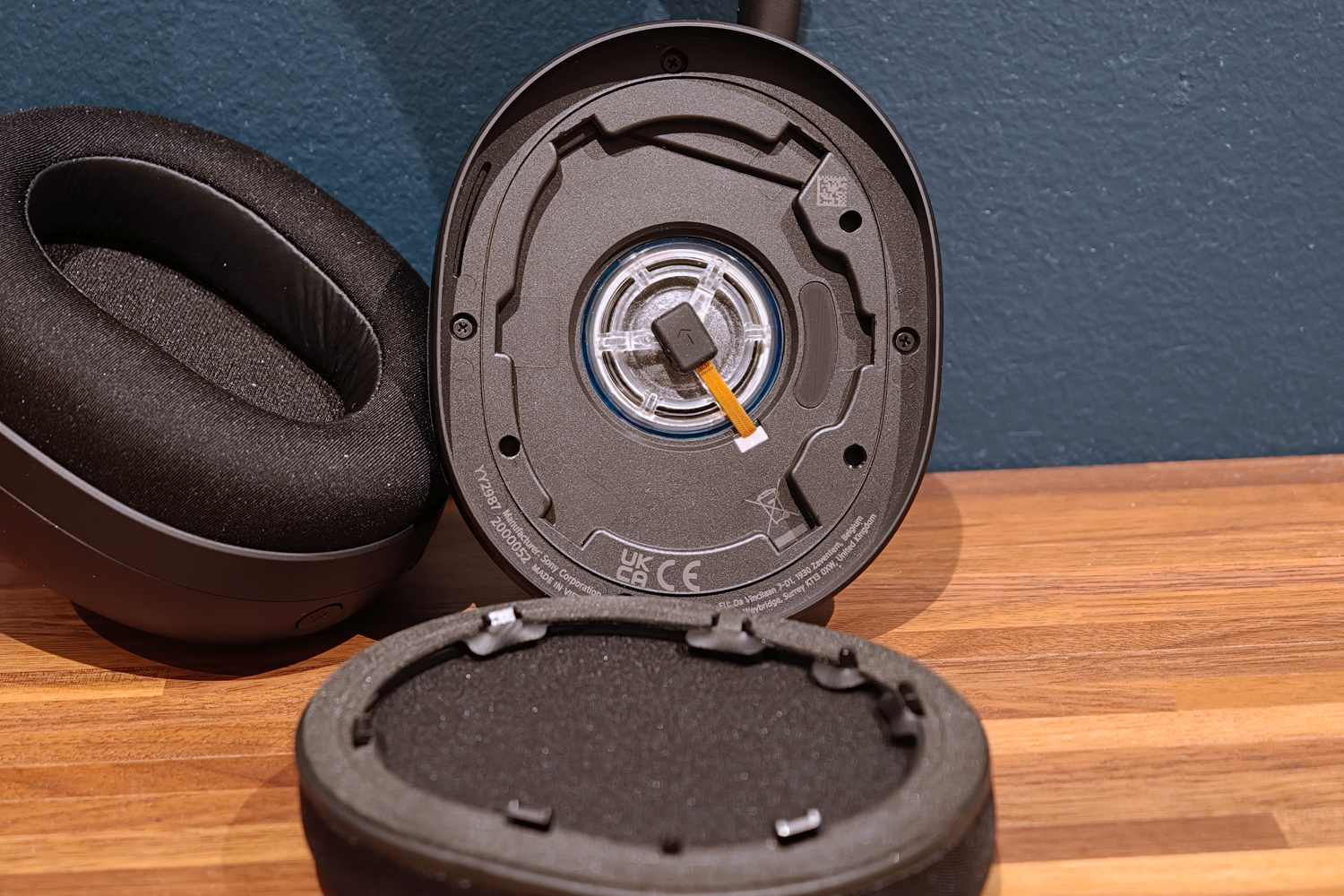
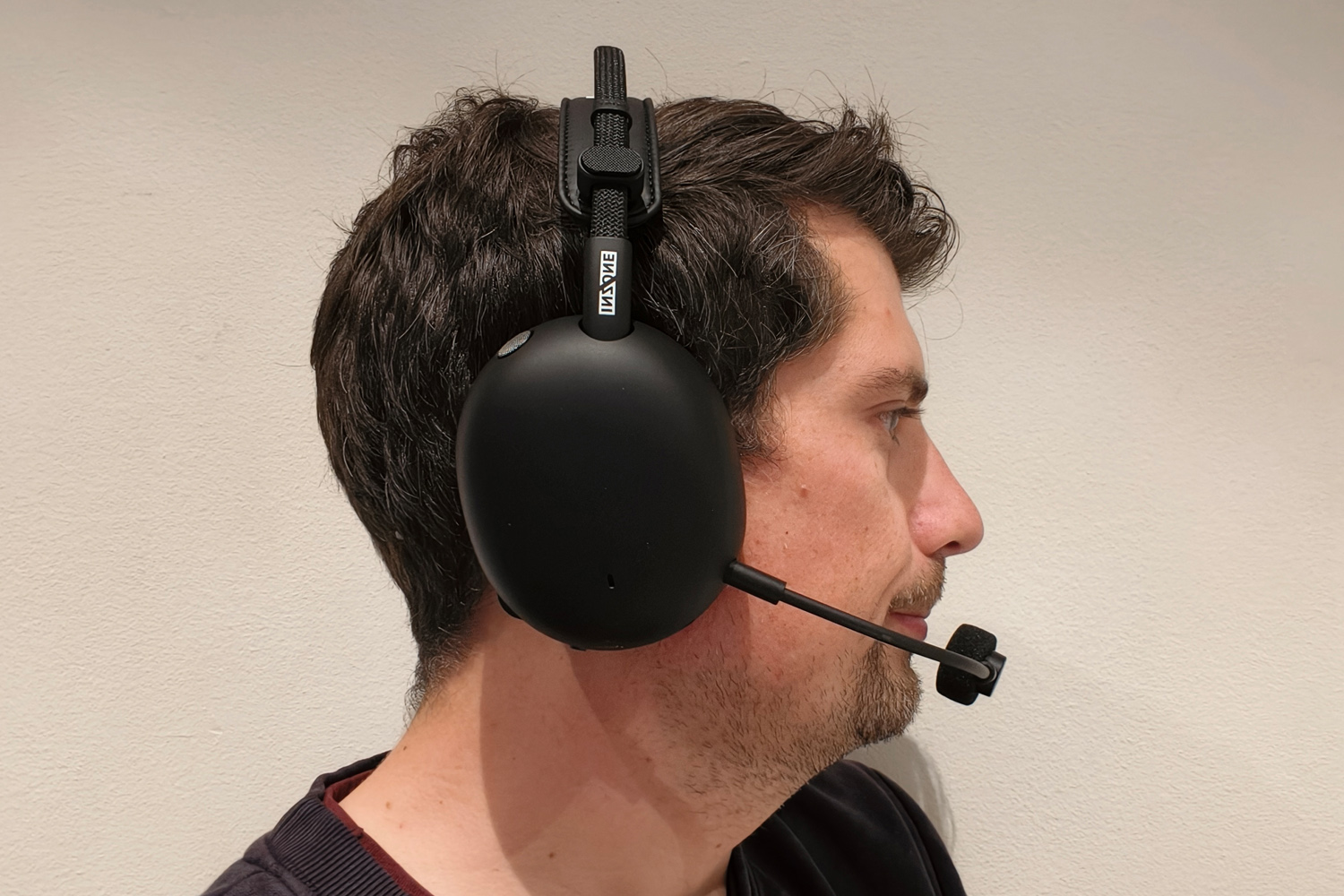
It might use the same 30mm carbon dome dynamic drivers as the XM6, but the InZone H9 II has a very different tuning profile. Bass is considerably heavier, and treble weaker, in order to emphasise the audio frequencies that matter most when gaming. Footsteps in first person shooters are impressively clear and easy to place, while gunshots have depth without becoming overly boomy.
I didn’t get the sense of ear fatigue I experienced with some headsets that over-emphasise the low-end, even after a solid few hours of Counter Strike 2, and the highs avoid sounding shrill. There’s a decently wide soundstage here, and placing sounds horizontally was pretty easy, even before you dig too deep into the spatial upmixing setting. Vertical sounds were a bit harder to locate, though.
All that is to be expected for a headset developed with input from pro esports players – but it doesn’t translate to musical clarity, and it’s not like the limited EQ selection is a huge help. Boosting the mid-range makes a difference, but I still struggled to bring up the sub-bass to a point I was happy not to swap into a pair of normal headphones when doing things other than gaming. I wouldn’t grumble if the H9 II was a little easier on the wallet, but I think a $350 headset should be a bit more multi-talented.
That’s doubly true because the active noise cancelling gets very close to what an XM6 is capable of – which is to say it does a fantastic job at muting outside distractions. I don’t have a pair to hand for a side-by-side comparison, but the fact this gaming headset can give Bose a run for its money is significant. That said, the H9 II doesn’t have a traditional transparency mode, and the ambient mode isn’t strong enough to let you hold a conversation without taking the headphones off.
Sony InZone H9 II verdict
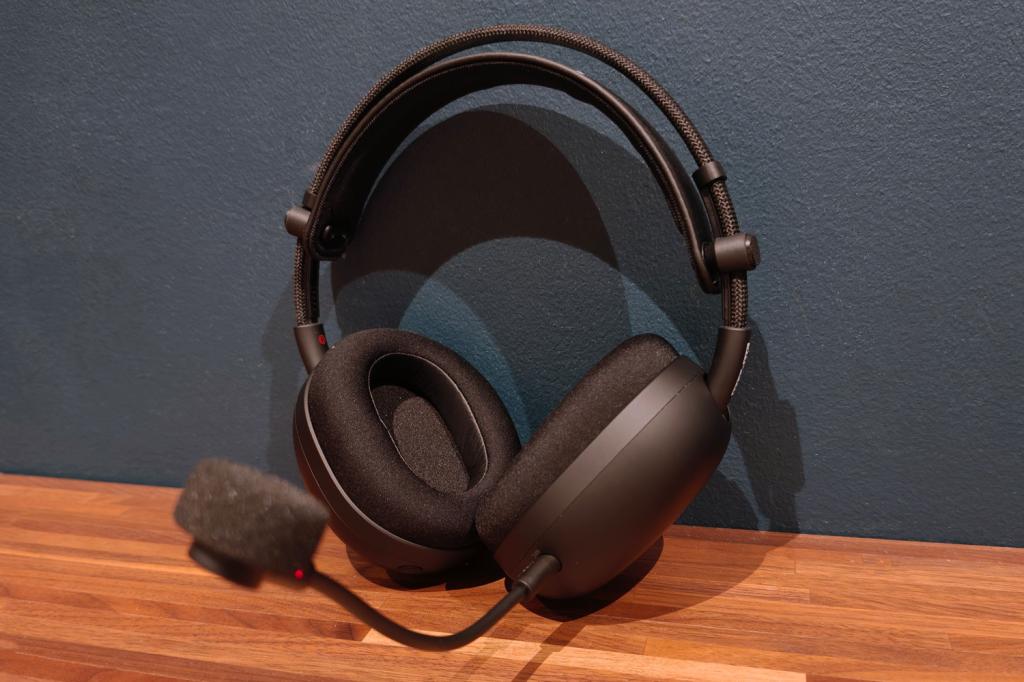
Given the hardware inside them and Sony’s gaming expertise elsewhere, the InZone H9 II unsurprisingly doesn’t disappoint as a headset – details and directional awareness are well defined, and the microphone is very clear indeed. It’s a shame the firm’s audio ability isn’t on full display, though.
Even with some custom EQ adjustments, the H9 II can’t match the XM6 for musicality away from games. Its noise cancelling skills come close, but battery life isn’t exceptional and it lacks a lot of the features you’d ideally want in order to use it as your everyday headphones.
Those features can be found in headsets costing a lot less, leaving the Sony to largely major on comfort – which it does exceptionally well. That could still make it worth your attention, as long as you don’t mind paying a premium – or waiting for discounts to kick in.
Stuff Says…
Fantastic noise cancelling, convincing in-game audio and one of the best boom mics on any gaming headset, but the InZone H9 II isn’t as multi-talented as its XM6-matching drivers suggest.
Pros
Super lightweight and very comfortable to wear
Up to Sony’s usual ANC standard
Multi-platform support and simultaneous Bluetooth connectivity
Cons
Limited software EQ and no transparency mode
Battery life is only OK
No major extra features over much more affordable rivals
Sony InZone H9 II technical specifications
| Drivers | 30mm carbon fibre dome dynamic drivers |
| ANC | Yes |
| Bluetooth version | Bluetooth 5.3 |
| Codecs supported | SBC, AAC, LC3 |
| Durability | Not stated |
| Battery life | 30 hours (ANC off) |
| Weight | 260g |


